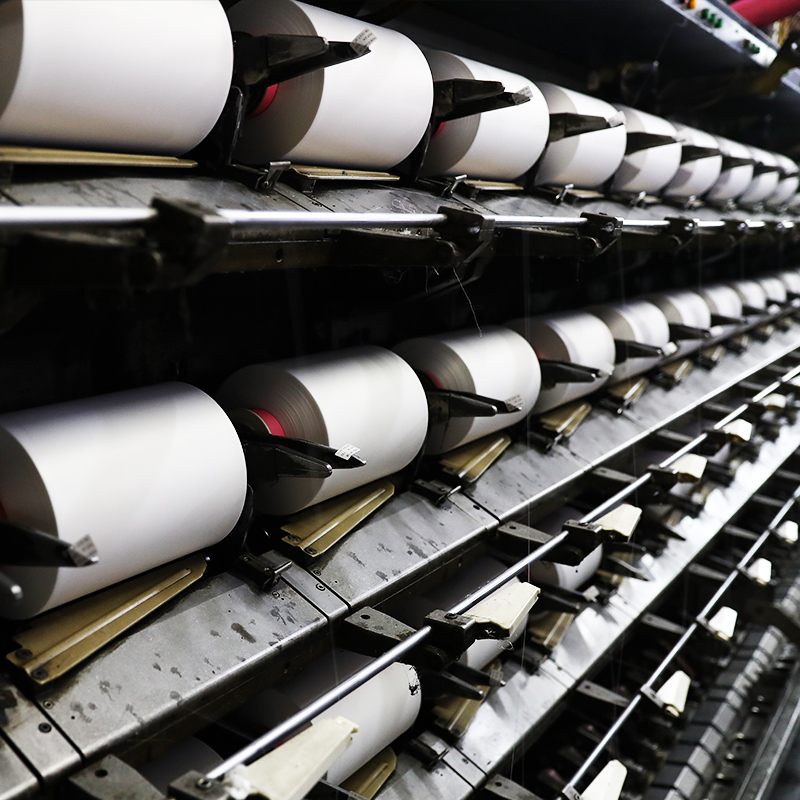 0571-82995618
0571-82995618 [email protected]
[email protected]- Wholesale Blended Fabrics Manufacturers
Digital printing is a combination of digital and printing, which can be divided into two processes: ① direct injection; ② thermal transfer
①Direct injection: As the name suggests, it is an inkjet technology, which can directly spray the ink onto the products to be printed. In the textile printing industry, the fabrics generally used for direct injection printing are cotton, linen, silk, etc. , Cotton linen is suitable for paint direct-injection printing, and silk is suitable for reactive direct-injection printing.
②Heat transfer printing: heat transfer printing in the whole process, or sublimation printing. The working principle of thermal transfer is to print the pattern on a specific paper (we usually call it thermal transfer paper or sublimation paper) through a digital printing machine, and then transfer the printing surface of the fabric to be printed and thermal transfer The patterns on the printing paper are matched, and finally they are sent to the roller heat transfer machine together. The patterns on the heat transfer paper will be transferred to the fabric after high temperature and high pressure. It can be seen that the heat and transfer of thermal transfer are very important. Heat: heat is temperature, and thermal transfer requires a very high temperature. Usually the temperature is above 200℃ to transfer; transfer: transfer is transfer, thermal transfer paper The pattern on it will be transferred to the fabric after high temperature and pressure.
The thermal transfer uses a combination of thermal transfer digital printing machine + roller thermal transfer machine. Due to the heat and pressure of the image, the printed product will be firmer than screen printing, with higher color fastness and resistance Corrosion, impact resistance, aging resistance, abrasion resistance, etc., and can remain unchanged for a long time, so the heat transfer printing technology is particularly suitable for wind and water resistant clothing (such as cycling clothes, swimwear), especially on man-made fibers On the fabric, the colors are bright and the color fastness is high, which is hard to beat by ordinary printing technology.
With the continuous development of the commodity economy, after consumers are increasingly pursuing clothes, the current printing industry is no longer the technology we knew only to print on textiles decades ago. In the existing field, Including stationery, toys, gifts, decorations, pots and pans, tea cups and other industries, these products have high requirements for color fastness, and these products are printed with patterns through thermal transfer. Although screen printing occupies half of the country for its convenient and flexible production and low cost, it is also a very mature and popular technology in the printing industry, especially printing on dark fabrics is also very prominent. However, the printing effect of thermal transfer is far inferior to that of screen printing. Thermal transfer will continue to increase its market share due to its low production cost, firm imaging and long storage time.


Hangzhou Jinfeng Textile Co., Ltd